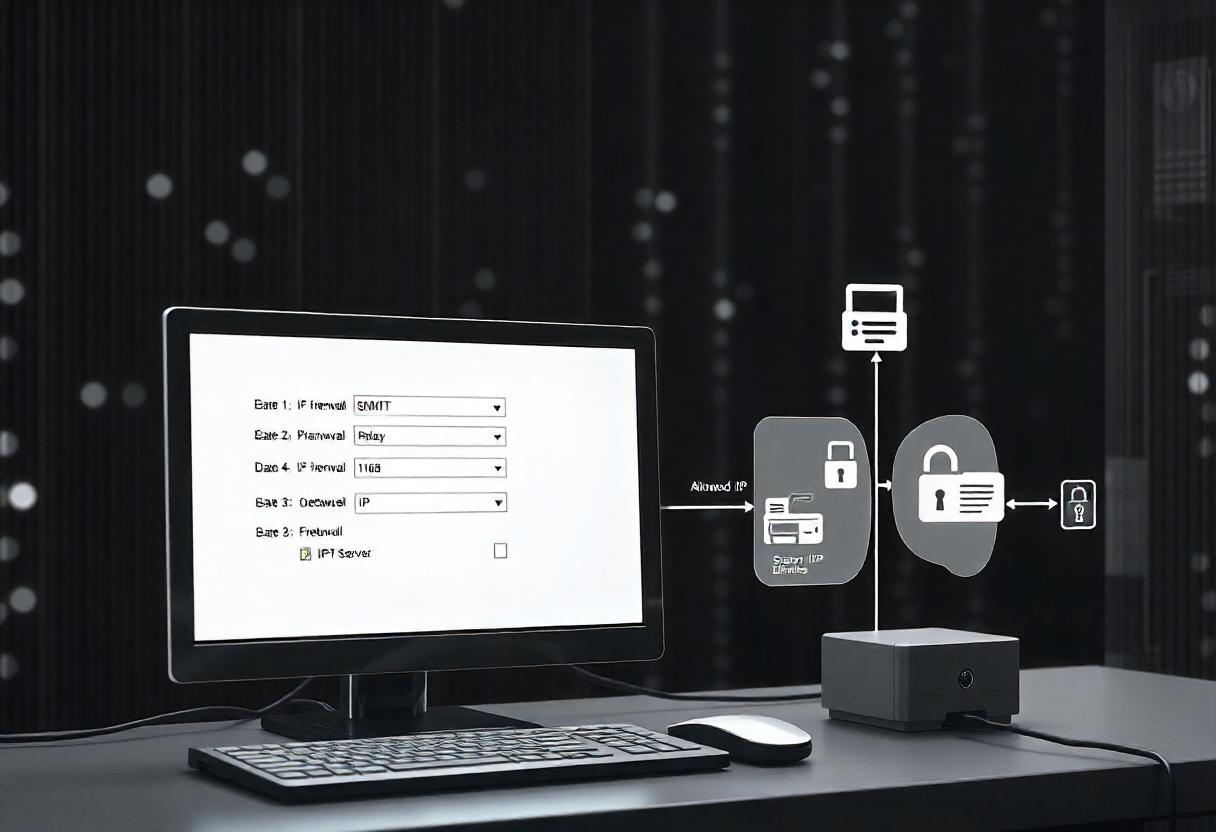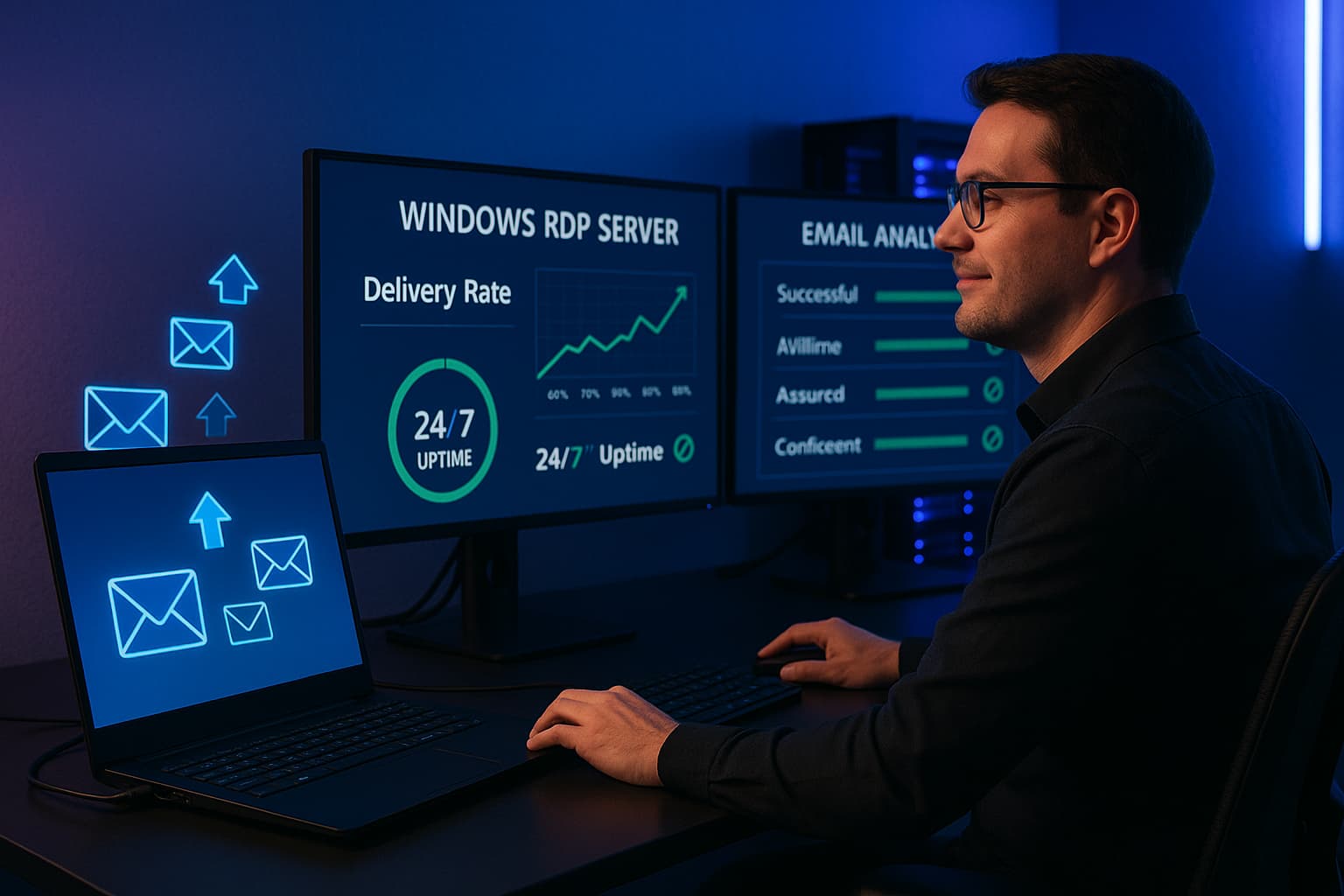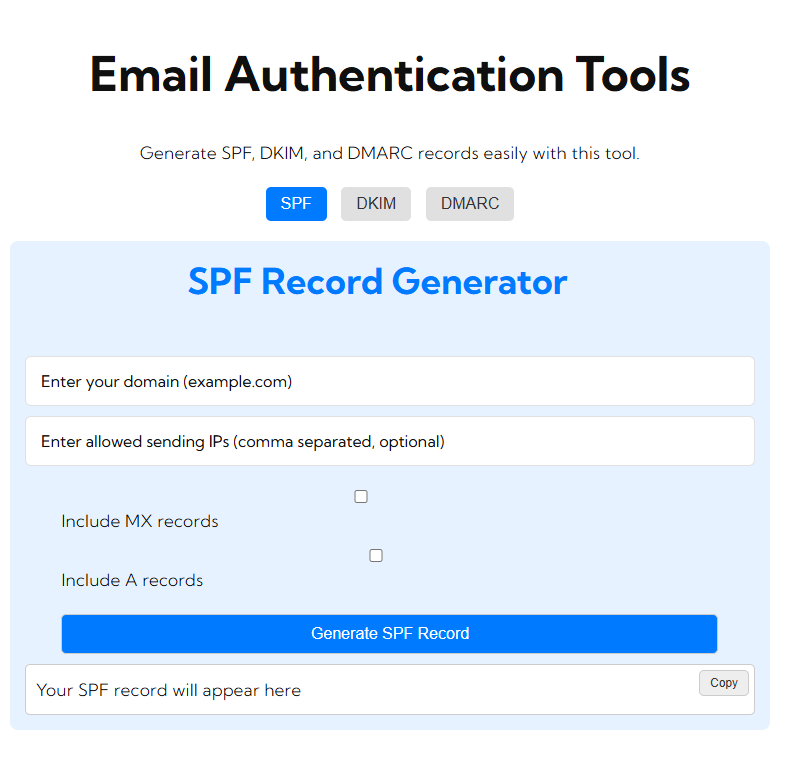The setting of an SMTP relay without any form of authentication is good for scenarios, such as scanning devices like scanners, printers, and even IoTs that lack complex authentication mechanism support. But then again, using it this way must be handled with utmost care as this could provide avenues to those with malicious intentions. For the guide, I will help walk you through the way to set up an SMTP relay with no authentication involved, being very keen on the best practices in securing your relay.
What is an SMTP Relay?
SMTP (Simple Mail Transfer Protocol) relay provides a way to route messages through a server to their destination email provider. A typical SMTP relay requires some form of authentication to ensure only authorized users or devices are allowed to send email from it. However, some devices do not support authentication. In such cases, this relay needs to be made accessible without authentication in particular situations.
When to Use SMTP Relay Without Authentication
The SMTP relays without authentication best are on internal networks and mostly use them for email relay by the devices or application lacking these modern authentication methods. These have a few legit use-cases; such ones include:
- Use cases involving sending documents from a printer or scanner.
- Systems send automatic alerts with being the embedded systems.
- Those that will not support login of SMPT secure use
Note: This isn’t usable over the internet nor good for sending email spams as it will get a hold of other individuals.
Setting Up SMTP Relay Without Authentication
Step 1: Setup Your SMTP Server
If you do not already have an SMTP server, you can set one up using tools such as:
- Postfix (Linux)
- Sendmail (Linux)
- Microsoft IIS SMTP (Windows)
Choose the server software best suited for your operating system and follow the installation instructions specific to that software.
Step 2: Configure the SMTP Server for Unauthenticated Relay
1. Restrict by IP Address:
Since you’re bypassing authentication, it’s essential to limit access to trusted IP addresses within your network. Only devices within your internal network should be allowed to use this relay.
- Postfix: Open
main.cfand configure themynetworksdirective to specify allowed IP ranges. - Sendmail: Add IPs to
/etc/mail/accessand rebuild the access database. - Microsoft IIS SMTP: Open SMTP Server Properties > Access tab > Connection and specify IP addresses that can connect.
2. Enable Relay for Allowed IPs:
- Postfix: Modify the
relay_domainsparameter to specify allowed domains or IP addresses. - Microsoft IIS SMTP: Go to the Relay restrictions under the Access tab and add the IP addresses that are allowed to relay without authentication.
3. Set No Authentication Requirement for Allowed IPs:
- In most SMTP software configurations, if a device is allowed by IP, it bypasses the need for username and password. Ensure other access control settings align with this configuration.
Step 3: Test Your SMTP Relay
After configuring the relay, test it by sending an email from one of the allowed devices. For example, you can use the following command (from a Unix-based system) to verify the relay:
Alternatively, use the email feature on your printer or scanner and verify the email is received.
Security Best Practices
While establishing an unauthenticated SMTP relay may be unavoidable in some instances, here are best practices to secure it:
- Access should be restricted only to internal IP addresses. Allow access to your internal IP addresses; prevent access to your unauthenticated SMTP relay from external IP addresses.
- Use firewalls. Limit access to the SMTP port to those devices that must access it.
- Monitor email logs. Scan regularly for unusual activity, such as a high volume of emails or attempts coming from unauthorized IP addresses.
- Set Rate Limits: If possible, set rate limits on your SMTP server to limit abuse.
- Disable Open Relay: Ensure your server is not an open relay. Most likely someone will take advantage of it and list you on a blacklist.
It is good for environments with devices that don’t support authentication. But what’s really important here, though, is implementing quite strong security measures in such a way that the same will prevent unauthorized access to the device and misuse of same. Balancing functionality against security by limiting IP accesses, firewalls, or monitoring activities will help the network and email domain prevent potential threats.
FAQs
- Is it safe using an SMTP relay without an authentication?
In general, use of an unauthenticated SMTP relay is fairly safe provided that one limits such a setup to some controlled internal network. Do not use unauthenticated SMTP relays over the internet. - Which risks do unauthenticated SMTP relays pose?
Actually, relays that are not supported by an authentication process can be used unfairly by non-authorized sender users. This might cause my IP getting blacklisted from sending the spam. Prevent such mishaps by totally restricting unauthorized access. - How do I monitor what is being done with the SMTP relay?
Most of the SMTP servers, in general, Postfix and Sendmail keep logs of e-mail sent. Monitor such a log for activity trying to identify any suspicious activity.






